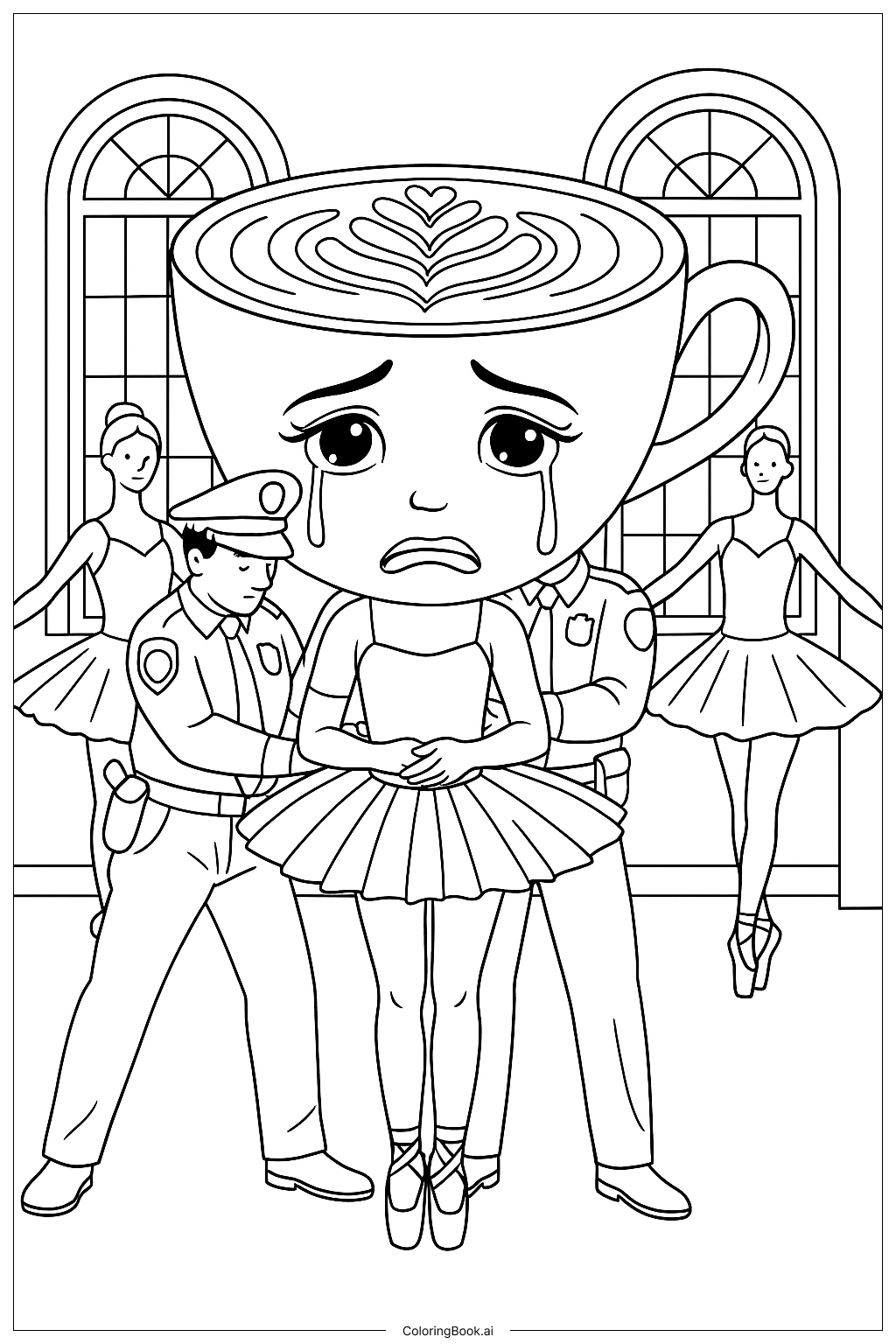Coloring tips: How to color Tigrrullini Watermellini coloring page well?
Use bright green and dark green for the watermelon rind stripes. The inside edge where the seeds are can be colored red or pink to show the watermelon flesh. The seeds can be colored black or dark brown. Color the tiger with shades of orange and white for the face and neck fur, and use black for the tiger's stripes. For the plants and trees in the background, use different greens and some brown for the tree trunks and ground. Try to blend colors slightly on the watermelon and tiger to create a soft, natural look. Feel free to add your own colors to make the scene lively and fun.
Coloring challenges: Which parts are difficult to color and need attention for Tigrrullini Watermellini coloring page?
1. Coloring the tiger's stripes needs careful attention to keep the black color inside the stripes and not on the orange fur.
2. The watermelon rind has many thin, curvy lines which can be tricky to color neatly.
3. The seeds around the watermelon need small, precise coloring because of their size.
4. The plants have many leaves with different shapes and edges which need careful coloring to show depth.
5. Blending colors well on the tiger and watermelon for a smooth look can be challenging, especially for beginners.
Benefits of coloring books: Advantages of drawing Tigrrullini Watermellini coloring page
Coloring this picture helps children improve their fine motor skills by practicing within small spaces like the watermelon seeds and tiger stripes. It encourages focus and patience due to the detailed lines. The image also sparks creativity by mixing a realistic tiger with a fun, imaginary watermelon collar. Kids can experiment with different shades of green, orange, and red, helping them learn color combinations. Finally, it provides a relaxing activity that can boost confidence when completing the detailed artwork.








